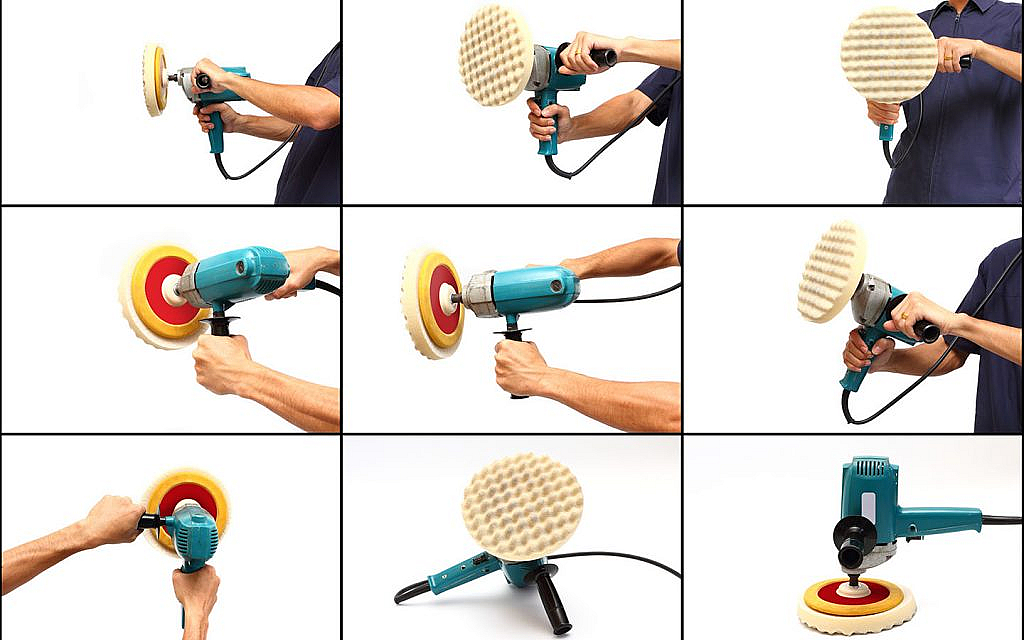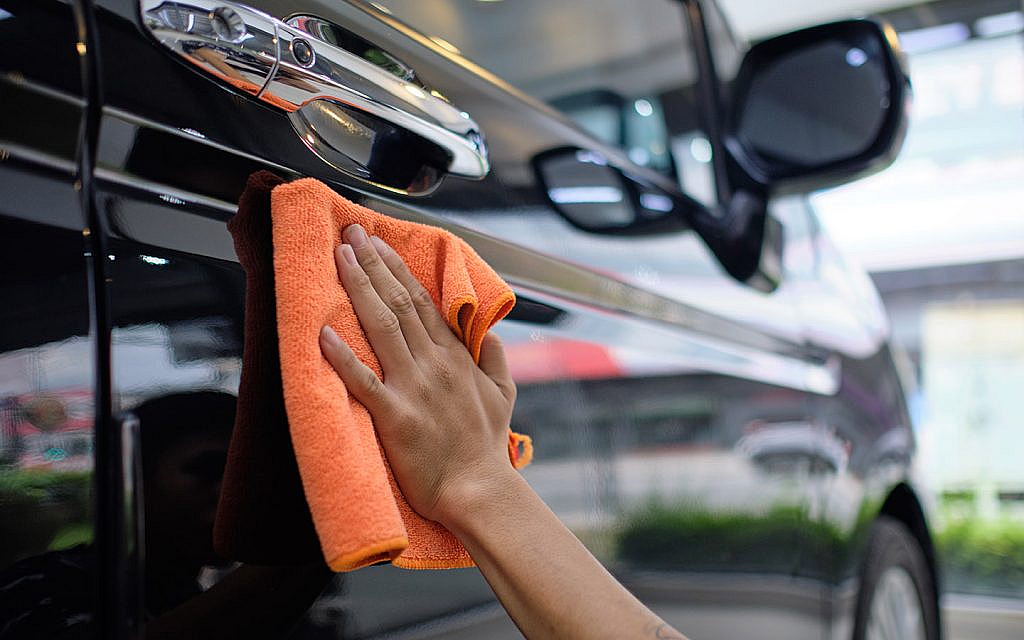
Buffing a car is a way of showing appreciation for your vehicle. In addition to car maintenance and its overall cleanliness, car buffing gives your vehicle a sleek, radiant and shiny look. The process rejuvenates your car’s appearance by eliminating the wear and tear it accumulates over the changing seasons. Over time, cars gather dirt and debris that eventually impacts the car paint. Nevertheless, buffing a car takes care of this problem.
How to Buff Your Car
Buffing a car goes beyond cosmetic appeal. It plays an important role to maintain the condition and value of the vehicle. Let’s go through some important tips for car buffing.
Wash Your Car

Park your vehicle in a shaded area, ensuring that the car’s surface is cool. This action prevents the formation of soap stains on the car’s exterior. Subsequently, position the mix of soap and water solution in a gallon-sized bucket. For better outcomes, use car wash-specific soaps. Go through the instructions on the soap’s packaging to determine the appropriate amount of soap to dispense. Then, immerse a sizable sponge in the soapy water.
Retrieve the sponge from the water-filled container, gently squeezing out around fifty percent of the excess liquid. Place the sponge onto the car’s surface, initiating the washing process.
Move the sponge in circular motions, encompassing the entire car body. Take special care to address recesses and gaps where dirt might be lodged. Begin from the uppermost part of the car and gradually progress downward. Once the vehicle has been cleaned thoroughly, rinse off the soap remnants with a hose. Here is a guide to car wash in Dubai.
Choose a Buffer

A high-speed buffer yields optimal outcomes by eradicating surface imperfections and buffing car scratches, resulting in a brilliant shine. That said, mastering its usage requires training. Improper application can lead to permanent damage, like swirls and scratches that strip the paint.
For impressive results with minimal effort, a random orbital buffer is an option. It offers a pleasing sheen and doesn’t demand training. While it may not eliminate all damage, it delivers a great shine. Additionally, it uses less compound, making it cost-effective. Nonetheless, the results might not be as durable as those with a high-speed buffer.
Then, manual buffing is also a cost-effective choice, albeit the most labour-intensive, providing comparatively fewer effective results. It’s time-consuming and might yield an uneven finish with shorter-lasting results compared to other methods.
After selecting a buffer, acquire a polishing or compound product suited to your car’s needs. Compound addresses deep scratch repair and helps restore faded car paint. On the other hand, polish enhances existing paint. Besides, a DIY car paint correction also helps improve the paint.
Tailor your choice to the car’s make, model and condition. Both products can be used with the buffer. Seek product recommendations from trusted sources like friends or reputable car enthusiasts.
Apply Polish to the Buffing Pad
When using a fresh pad, spritz a small amount of detailer on it before putting on the polish. Add some lubrication and dispense four small portions of polish, akin to the size of peas, onto the pad. Ensure that you shake the polish bottle adequately before application.
The easiest approach for polishing your vehicle entails working in segments. Set up a space that measures two by two feet. Before buffing a car, gently press the pad onto the section you’re about to treat. Subsequently, switch the buffer to its lowest setting and delicately spread the polish across the designated region.
At this stage, your goal isn’t to buff the car’s exterior; instead, you’re merely spreading a thin layer of polish.
Start Buffing

Following the application of the spread polish to the designated area, it’s time to engage in buffing. If an orbital buffer is in use, adjust the power setting to five or six. Gently press down on the buffer’s top with your hand while operating it. Proceed to move across the section using horizontal lines that overlap by 50%. Subsequently, repeat this motion in a vertical direction.
Upon completing both vertical and horizontal buffing, consider this a single pass. After executing three to four passes on the same area, your task is accomplished. On average, each area requires three to four minutes for completion.
Avoid exerting excessive pressure on the buffer. As you buff, you’ll notice the polish taking on a chalky appearance—let this transformation signify that the polish is effectively performing the work.
Wipe it Down

After the process of buffing a car is complete, some remnants of the polish might remain, but there’s no need for concern. Use a microfibre cloth to eliminate the residue by gently rubbing it away using either circular motions or straight vertical lines. Using a microfibre cloth is among the important tips for car cleaning.
Change or Clean Pads

For those aiming to maintain their vehicle’s polish, it’s advisable to replace buffing pads every few months. However, irrespective of a pad’s age, it’s necessary to clean it after finishing each section or two.
A straightforward approach to cleaning the pad involves setting the buffer to a moderately low setting and brushing it with a toothbrush that has soft bristles. You’ll recognize the effectiveness of this process as you observe accumulated debris vanishing.
FAQS
What kind of soap should be used to wash a car before buffing it?
A mild soap should be used to wash the car exterior before buffing it. For better results, use a car wash-specific soap. Go through the instructions on the soap’s packaging to determine the appropriate amount of to dispense.
What should be done after car buffing?
After buffing the car use a micro fiber cloth to wipe down the car exterior.
That is all about car buffing – not only does the process improve the car’s cosmetic appeal it also removes imperfections, protects the vehicle from oxidation, preserves the pain integrity and enhances its therapeutic and resale value. If you wish to get car buffing from a professional, visit these car detailing service companies in Dubai.
If your vehicle is facing significant problems beyond just paint damage, leading to repair and upkeep expenses that surpass your budget, it’s recommended to consider purchasing a different car. Take a look at the selection of pre-owned cars for sale in the UAE and choose the one that suits your preferences.
Stay tuned to dubizzle’s auto blog for more on car maintenance solutions, repair tips and much more.
Оставить ответ